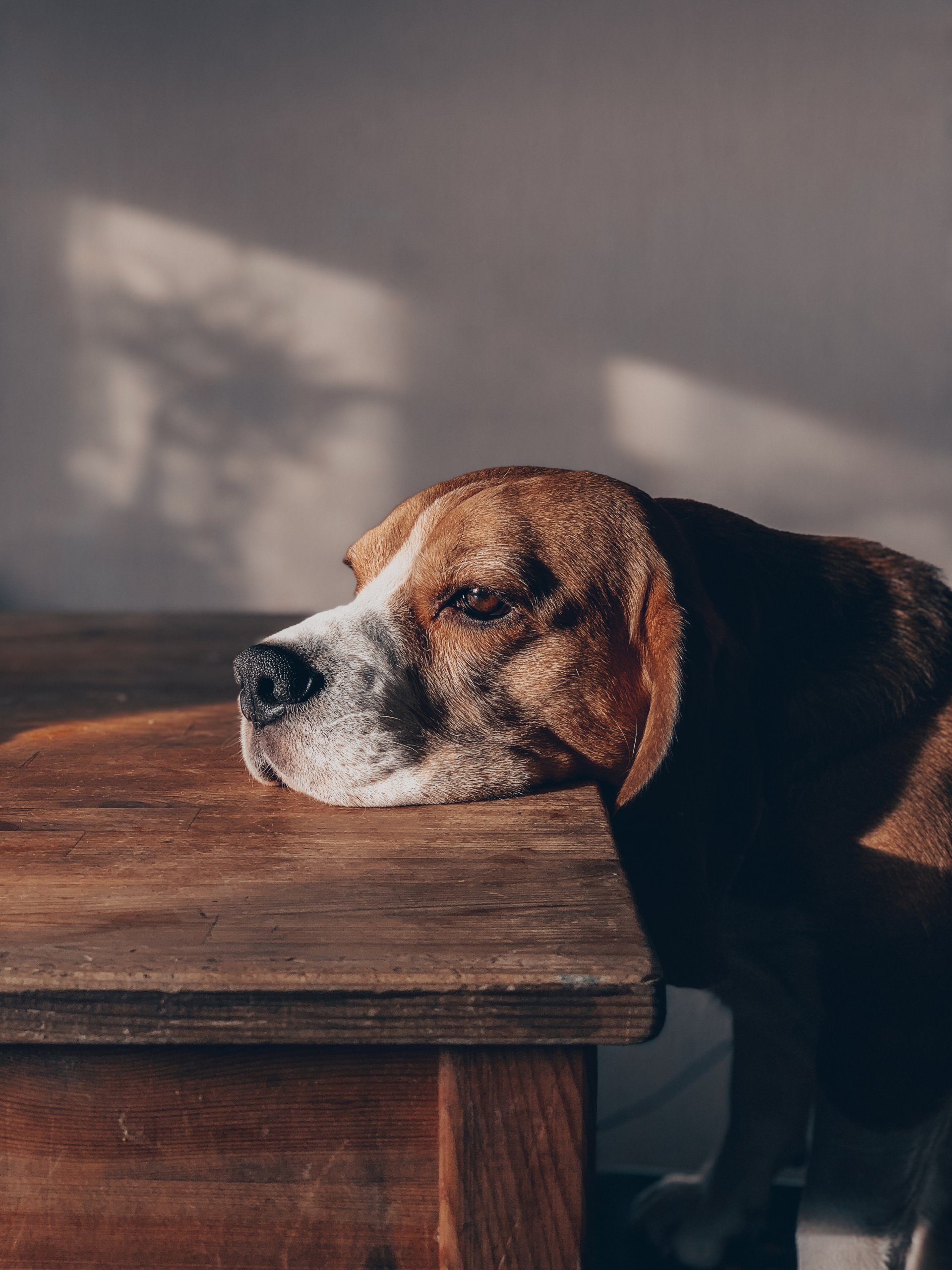What to do if your Dog has Separation Anxiety
 If your dog struggles with separation anxiety, you might feel as if you’ve tried everything - and there’s every chance you have. Although it can feel overwhelming, and like nothing you do is working, perseverance is key.
If your dog struggles with separation anxiety, you might feel as if you’ve tried everything - and there’s every chance you have. Although it can feel overwhelming, and like nothing you do is working, perseverance is key.
Separation anxiety in dogs is a debilitating condition, they are social creatures that enjoy being in the company of their owners. Your dog may develop separation anxiety for a number of reasons, and it can happen at any age.
The most important thing is patience. Be kind to yourself and your dog. They aren’t doing this out of spite, it’s a way of self-soothing and dealing with the stress and anxiety they feel when you’re gone. So what can you do to help? We’ve put together a guide with a few options that should be a good starting point.
More Tips: Socialising your puppy
What is separation anxiety?
One study defines separation anxiety as ‘distress in the absence of an attachment figure.’
Separation anxiety is an awful thing to see your dog go through, especially if it’s severe. However, it’s worth noting that there are different types of separation anxiety, all manifesting through different emotional responses. There is no root cause, but there are a few factors that can contribute to its development. Research has shown that whilst we diagnose the issue as separation anxiety, ‘... the relative significance of emotions such as fear, frustration and the panic associated with loss of an attachment figure may be fundamentally important to understand for effective treatment.’
So, whilst the final diagnosis may be separation anxiety, there could be a number of factors behind your dog’s distress. It could be boredom, discomfort, frustration, external triggers etc. Unfortunately, it’s not a one-size-fits-all issue. This is part of the reason it can be so difficult to find a solution.
What are the Signs of Separation anxiety in dogs?
There are many signs of separation anxiety in dogs, some more severe than others.
 They can vary, but will most commonly include:
They can vary, but will most commonly include:
- Whining
- Howling or barking
- Panting or drooling
- Destructive behaviours
- Scratching or chewing
- Pacing and being unable to relax
- Trembling
- Going to the toilet indoors
There are other signs, but many are hard to detect as they will happen when you are not home. Getting a camera to monitor your dog can be a great way to find out what’s happening.
However, if these signs have only recently developed, the first step is to make an appointment with your vet to rule out any medical issues.
However, if these signs have only recently developed, the first step is to make an appointment with your vet to rule out any medical issues.
What to do if your dog has separation anxiety
We always advocate getting advice from professionals. Whether that’s your vet or working with a behaviourist or trainer. Given that it’s become a growing issue, there are people out there who are up to date with the best practices to guide you in the right direction.
If you haven’t already, consider finding a professional dog walker or pet sitter. Obviously, cost is a big factor here, and it’s not an option for everyone, but getting someone to pop in to take your dog out whilst you’re away, or having someone sit in for a few hours can help settle your dog.
We’ve written about this in the past and included a few tips on things you can do to ease your dog’s worries when you’re not home.
Separation anxiety can be treated, but it does require time and commitment. There is so much advice out there, so it’s normal to get overwhelmed and feel like you can’t cope. If you’re struggling, talk to someone. You are not alone.
Read More: How to Choose the Right Dog Trainer
Where to get help with your dog’s separation anxiety
 If you feel like you’ve tried everything, here are a few places you can go for further advice:
If you feel like you’ve tried everything, here are a few places you can go for further advice:
- The Animal Behaviour and Training Council - Find a behaviourist
- Certified Clinical Animal Behaviourists (CCAB) - Find someone near you
- findavet.rcvs.org.uk/ - Find a vet that specialises in behavioural medicine
- The Dogs Trust offer a free behaviour support line, you can call them on 03030036666. The line is open Monday to Saturday, 9.30am – 5pm.
- Read the RSPCA’s ‘Learning to be Left Alone’ leaflet, here.
- Talk to your vet about a referral to a behaviourist.